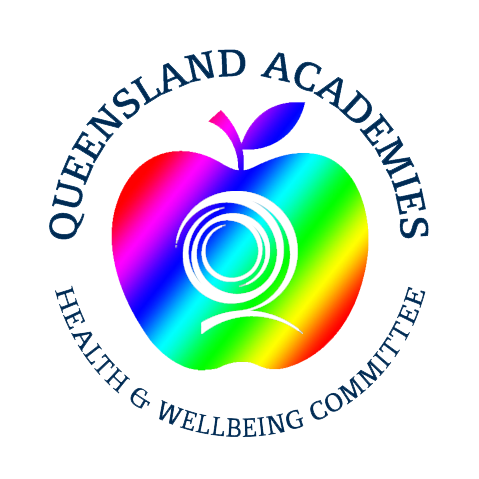
The PERMA model was designed by Martin Seligman (2011) with five core elements of psychological wellbeing and happiness. Seligman (2011) suggests that these five elements can help people reach a life of fulfillment, happiness, and meaning. This model has been applied to workplaces and schools through positive education to evidence programs to help people develop new cognitive and emotional tools or positive psychology strategies, to build wellbeing, optimism and resilience as well as allowing the reliable measurement of well-being, through a variety of methods, including with our students, valid self- report methodology. These positive psychology strategies include exercises like keeping a gratitude journal, breaking the grip on rumination, developing your strengths, and finding meaning in small tasks, and positive self-talk (McQuaid & Kern, 2019).
Each year, our QAHS wellbeing committee decides upon an element of PERMA for intentional development. Our wellbeing committee has chosen 'Positive Engagement' to remain our focus for another year. Being engaged involves living a life high with interest, curiosity, and absorption, and pursuing goals with determination and vitality. It is proposed that engaged individuals are curious (Kashdan, Rose, & Fincham, 2004), interested (Hunter & Csikszentmihalyi, 2003), and passionate about worthwhile pursuits (Vallerand et al., 2003).
In addition to benefits for wellbeing, engagement is believed to lead to effective learning and skill development. Shernoff et al. (2003) propose that engaged students are committed to their learning and are more likely to complete school successfully than disengaged students. An individual who is engaged with an activity (e.g., school subject, sport, or hobby) finds it enjoyable, practices it frequently, and persists despite challenges (Nakamura & Csikszentmihalyi, 2005). In turn, the investment of time, energy, and attention leads to the building of skills and resources, resulting in increased capabilities and capacities, and growth overtime.
Professor Mihaly Csikszentmihalyi of Claremont Graduate University describes a state of high engagement as "flow." Researchers suggest that experiencing a state of flow comes with a host of benefits. In these moments, you feel more involved in your life, rather than isolated from it. You enjoy activities far more, rather than feeling bored. You have a stronger sense of control, rather than feelings of helplessness that can overwhelm you. You also enjoy a stronger sense of self, have more self-belief, and a higher level of confidence in what you're actually capable of doing. Csikszentmihalyi (2005) has found that flow is more likely to occur when you have a clear goal that balances your strengths with the complexity of the task at hand; when you feel a sense of autonomy and choice about how you're approaching the task; and when you receive regular feedback on how you're doing. In flow, your skills are fully utilized, stretched to a manageable limit so you're learning, growing, improving, and advancing.
It is also necessary to create conditions that allow engagement to occur. Distractions make it hard to stay engaged. Technology constantly pulls our attention, making it a challenge to focus on the task at hand, despite our best intentions. Finding ways to structure our schedule and environment to reduce distractions can help us engage and be more productive.
All QAHS staff and students have the opportunity to identify and utilize their character strengths whilst embodying the IB Learner profile. At QAHS all community members take the Values In Action Survey at www.viacharacter.org. to discover their strengths. When our strengths are in action, we feel engaged, energized and able to enjoy what we are doing. Discovering our strengths can boost our optimism and self-belief allowing us to feel more confident and reach our highest potential.
Throughout the wellbeing focus of Engagement, the QAHS community will have opportunities to engage in a range of strategies to intentionally boost our wellbeing pillar of Engagement. Please see below the Infographic which outlines our toolkit for 2021 Positive Engagement, so that our community each day, can be their best possible selves.

Mrs Alita Lee
Deputy Principal
